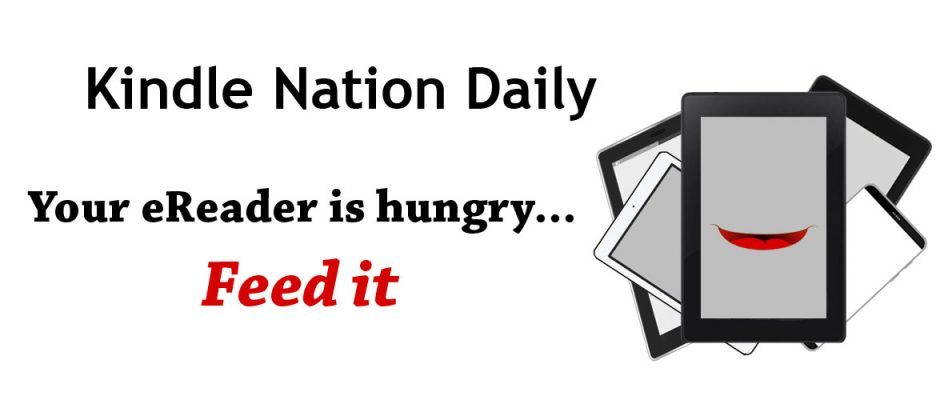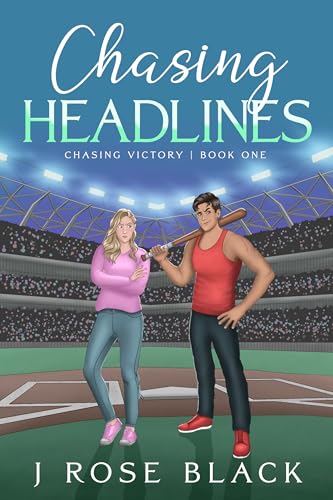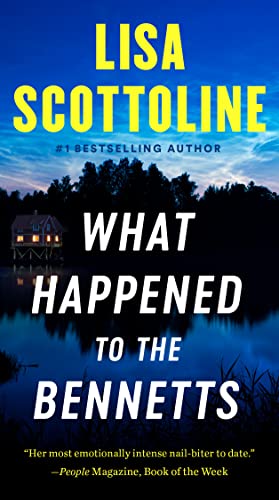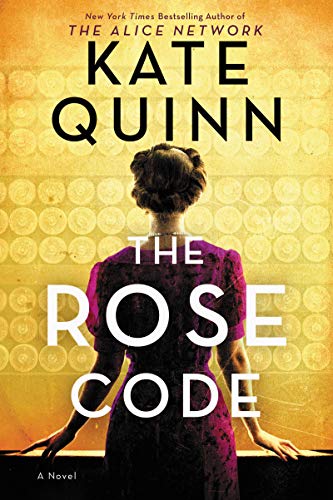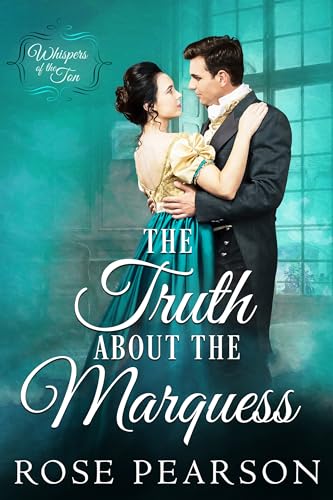- It’s 9 a.m. in Arlington, 6 a.m. in Cupertino, and still no Apple Store pre-order page for the Apple iPad despite rumors that the new tablet would be available for pre-order today. While we keep watch for you there, you can go to Amazon for a Protective Carrying Case, or to M-Edge to scope out a colorful choice of protective covers soon to be released for the iPad.
- If you’re among those who are questioning whether you want to lay out the $1,500-$2,500 that it will cost to keep a 3G iPad up and running over three or four years, the time may be coming when the iPad’s availability drives down prices for Apple’s iPod Touch. My partner in a Committed
relationship loves the Kindle for iPod Touch app: she just finished reading Elizabeth Gilbert’s latest on her Touch (we bought the bestseller in the Kindle Store for $9.99), and brought the iPod to her book group last night so she could check her bookmarks during the conversation. Best place to keep track of the best prices for the various iPod Touch models? Amazon’s iPod Store
.
Speaking of Apple, two little snippets that caught my eye from the 24/7WallStreet blog:
- Remember those bygone days when every new gadget that came along the pike was dubbed the next Kindle Killer? Alas, they are no more. 24/7 had a post last night on the latest upgrade of the Nintendo DS, called the DSi XL, which goes on sale March 28 (March 5 in the UK) with “what Nintendo calls its 100 Classic Books application which ‘transforms the Nintendo DS family of products into a library of timeless literature when it launches on June 14 at a suggested retail price of $19.99, highlighted by 100 works from authors such as William Shakespeare, Jules Verne, Jane Austen, Mark Twain and more. Readers can adjust the size of text, place bookmarks and even download new content via the Nintendo Wi-Fi Connection service.’ The article bills the ebook reader as the DSi XL’s “most important feature,” and the headline? “Nintendo’s Little iPad Killer.” But that doesn’t mean for a minute that Amazon shouldn’t focus some effort on outfitting the gadget with a Kindle App, just as I suggested the other day it should do for the Fisher-Price iXL Learning System.
- On another front, in scanning a 24/7 post about Apple passing the 10 billion downloads mark in the iTunes Store, I noticed this line: “‘We make 9.1 cents off a song sale and that means a whole lot of pennies have to add up before it becomes a bunch of money,’ said Rick Carnes, president of the Songwriters’ Guild of America in comments reported by CNET.” Interesting, in light of the number of authors and publishers who seem to be backing Apple’s horse in the ebook pricing controversies. Scribes who think they can climb on Apple’s bandwagon and they’ll soon have Amazon exactly where they want it might want to think again about just what they’re wishing for. Before Apple even announced the iPad, Amazon announced it would soon begin paying 70% royalties directly to authors who opt in to direct Kindle publication in the $2.99 to $9.99 price range through Amazon’s Digital Text Platform.
